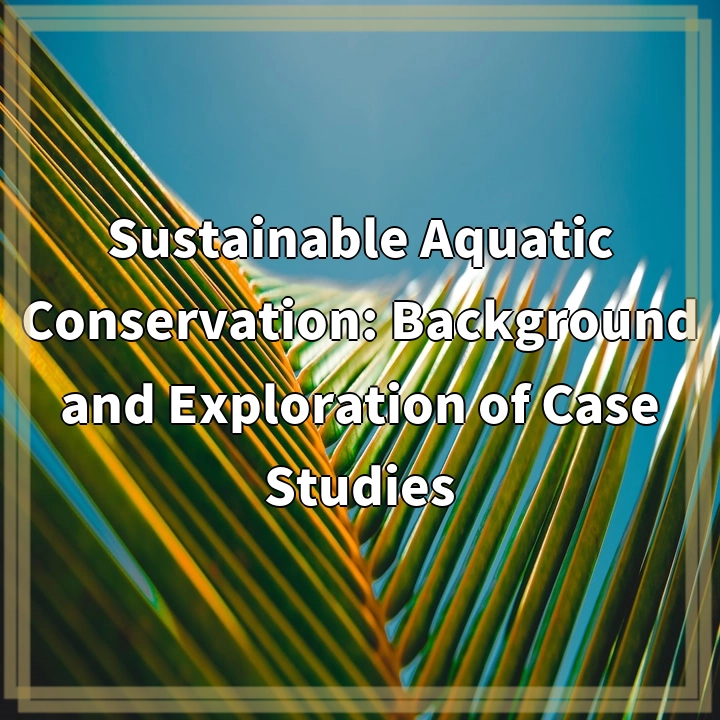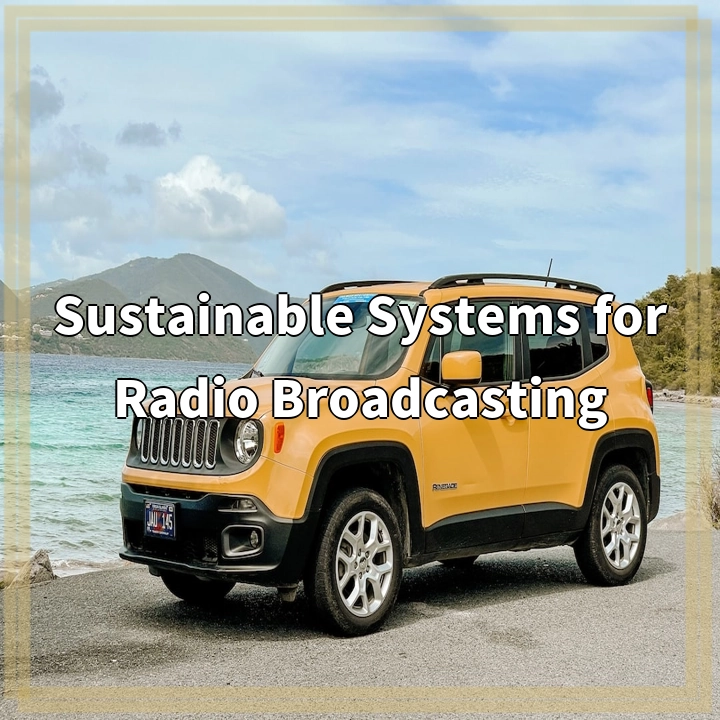
What is Sustainable Aquatic Conservation?
Sustainable aquatic conservation refers to the practice of preserving and protecting aquatic ecosystems and the organisms within them in a way that ensures long-term sustainability. It involves implementing strategies and initiatives that minimize negative impacts on these ecosystems while promoting their health and resilience.
Real-World Problems Associated with Sustainable Aquatic Conservation
1. Water Pollution: One of the key challenges in aquatic conservation is the issue of water pollution. Industrial waste, agricultural runoff, and improper sewage disposal can all introduce harmful substances into water bodies, compromising the health of aquatic ecosystems and their inhabitants.
2. Habitat Destruction: The destruction of aquatic habitats, such as wetlands and coral reefs, poses a significant threat to aquatic conservation. Human activities such as urban development, deforestation, and destructive fishing practices can lead to the loss and degradation of these habitats, resulting in a decline in biodiversity.
3. Overfishing: Overfishing is a pressing issue that impacts sustainable aquatic conservation. Unsustainable fishing practices, such as excessive harvesting and the use of destructive fishing gear, can deplete fish populations, disrupt food chains, and destabilize ecosystems.
4. Invasive Species: Invasive species can wreak havoc on aquatic ecosystems, outcompeting native species and disrupting the balance of the ecosystem. These non-native species often lack natural predators, allowing them to multiply rapidly and cause detrimental effects on the local environment.
5. Climate Change: Climate change poses a significant threat to aquatic conservation. Rising water temperatures, sea-level rise, and ocean acidification can all have profound impacts on marine and freshwater ecosystems, leading to habitat loss, species extinction, and disruptions to food webs.

Solutions for Sustainable Aquatic Conservation
1. Water Pollution Control: Implementing stricter regulations on industrial waste disposal, promoting responsible agricultural practices, and investing in better wastewater treatment facilities can help address water pollution issues. Additionally, raising awareness about the importance of proper waste management among individuals and communities can contribute to reducing pollution.
2. Habitat Restoration and Protection: Protecting and restoring aquatic habitats is crucial for sustainable conservation. This can be achieved through the establishment of protected areas, implementing sustainable land-use practices, and promoting the rehabilitation of damaged ecosystems. Engaging local communities in conservation efforts and supporting initiatives that restore wetlands and coral reefs can be effective approaches.
3. Sustainable Fishing Practices: Adopting sustainable fishing practices is essential to ensure the long-term viability of aquatic species. This includes implementing fishing quotas, promoting selective fishing methods, and avoiding destructive fishing gear. Engaging with fishing communities, providing alternative livelihoods, and improving fishery management can also contribute to sustainable fishing practices.
4. Prevention and Mitigation of Invasive Species: Preventing the introduction of invasive species through strict biosecurity measures is crucial. Monitoring and early detection of invasive species can help prevent their establishment and limit their spread. Additionally, implementing management strategies like targeted eradication, biological control methods, and habitat restoration can help mitigate the impacts of invasive species.
5. Climate Change Adaptation: Addressing climate change is essential for long-term sustainable aquatic conservation. This includes reducing greenhouse gas emissions through renewable energy promotion, promoting sustainable coastal development practices, and implementing measures to protect vulnerable ecosystems. Supporting research and monitoring efforts to understand the impacts of climate change on aquatic ecosystems is also crucial for effective adaptation strategies.















